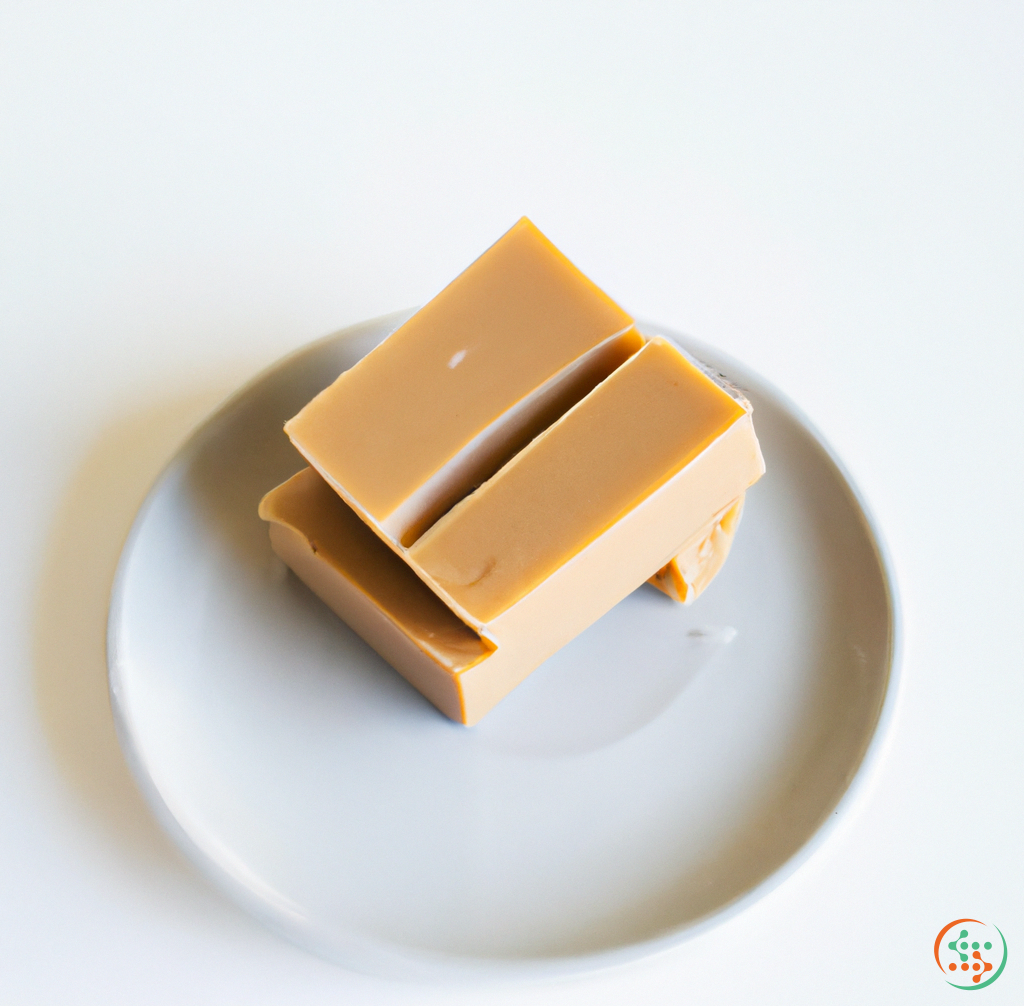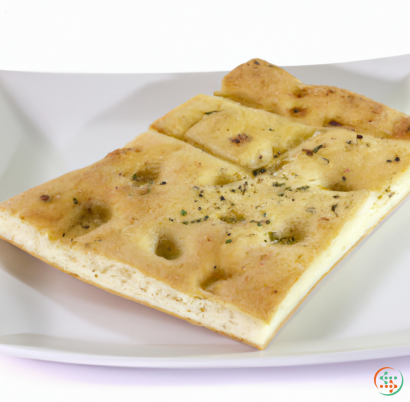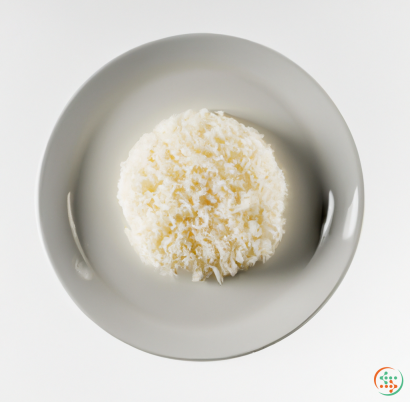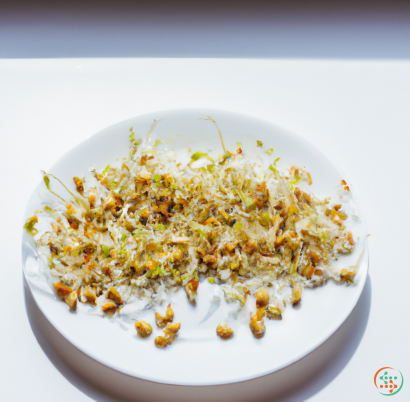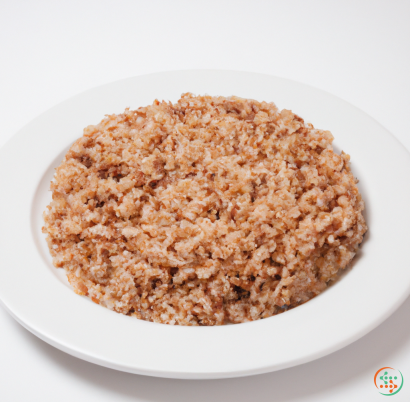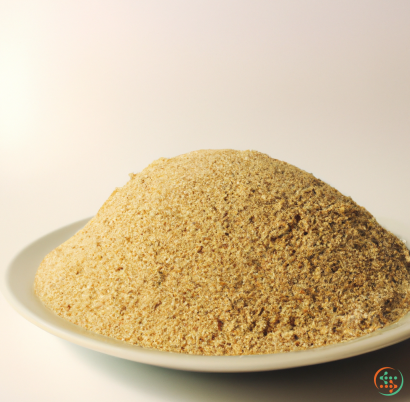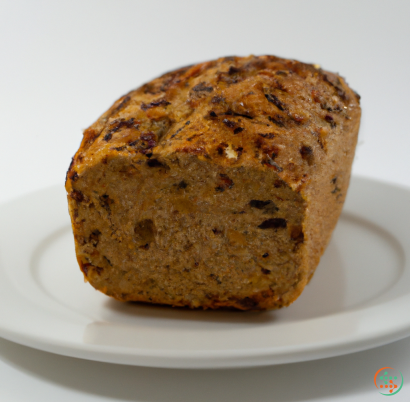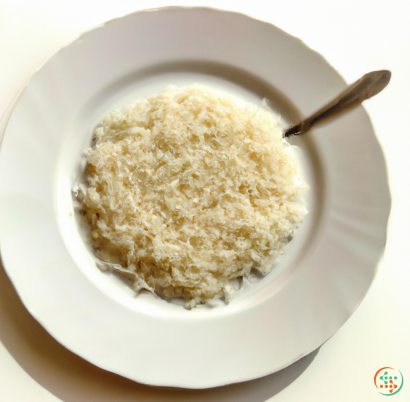Butterscotch
What is Butterscotch?
Butterscotch is a sweet treat that has been around since the middle of the 19th century. It's a confection made of butter, brown sugar, and sometimes other flavorings, like cinnamon and molasses. It's believed to have originated in the United Kingdom, where the word is derived from the combination of two Scottish words: "butter" and "scotch." It has gained immense popularity since its inception and can be found in a variety of different forms.
Butterscotch can be found in products ranging from hard candies to soft candies, syrup, ice cream flavorings, cookies, and more. It's also used to flavor many foods, from coffee to waffles to alcoholic beverages. For example, butterbeer, a popular drink in the Harry Potter series, is made with butterscotch schnapps.
When it comes to the classic hard candy, butterscotch is usually made by boiling sugar, butter, and water together until the mixture reaches 275 to 290 degrees Fahrenheit. The sugar is then allowed to cool before adding in other ingredients, such as molasses or other flavors. The mixture is then either layered into molds or poured into sheets and cut into individual pieces.
In terms of flavor, butterscotch has a smooth and creamy taste. It has a toffee-like caramelized sugar undertone, with a hint of nut and butter that adds richness and depth. Butterscotch is also known for having a unique "lingering" quality, which means that it continues to develop after it's been ingested and contains more flexibility in terms of both the sweetness and the amount of sweetness.
Butterscotch's flavor and texture make it a popular choice for many people to use as an ingredient and base for cooking. It's a great way to add a sweet and creamy taste to various desserts, such as pies, cakes, cookies, and pastries. Butterscotch works particularly well as a filling for crepes or as an addition to bread pudding. It can also be used to top ice creams, cakes, and other frozen desserts, like cheesecake. Butterscotch syrup is also available commercially and is an ideal addition to pancakes, waffles, and French toast.
In addition to being a delicious treat, butterscotch has numerous health benefits. Even though it's made primarily from sugar, butter and molasses, it does contain more than just empty calories, which makes it a better-for-you alternative to other indulgences. Butterscotch candy and syrup are both high in calcium and iron, two vital minerals, and it contains traces of vitamins A, C, and E as well. It also contains a moderate amount of dietary fiber, which helps keep digestion regular, and while it is high in saturated fat, the Paleo diet considers it a healthy choice.
Butterscotch is a classic treat that dates all the way back to the 19th century, and it's still just as popular today. From hard candies to syrups, butterscotch can be enjoyed in a variety of different forms — each with its own unique flavor and benefit. So, the next time you’re looking for something with a little extra sweetness, butterscotch might be the perfect choice for you.
Butterscotch: How a Delicious Treat Travels from Factory to Plate
Have you ever bitten into a warm, silky and oh-so-delicious piece of butterscotch? From its smooth appearance to its sweet and buttery flavor, butterscotch is a favorite among many. But have you ever stopped to think about how butterscotch is manufactured and how it eventually makes its way to your dinner plate? To understand what goes into the manufacturing process of this sweet treat, we must first examine the ingredients and the methods used to make butterscotch.
Butterscotch is made from four main ingredients – butter, sugar, cream, and light or dark corn syrup – and can be created in the form of a candy, sauce, or cake icing. The main difference between butterscotch and caramel is that butterscotch uses butter as the fat ingredient, while caramel uses cream. Since butterscotch is a cooked mixture, the process starts with combining the butter with the other ingredients and heating them together to form a liquid. The heat causes the butter to break down, creating the characteristic butterscotch flavor. The syrup is then boiled until it reaches a specific temperature, allowing it to thicken and darken in color.
The cooked syrup is then poured into a baking pan lined with parchment paper to prevent sticking. The syrup is then left to cool overnight, allowing it to firm up. Once cooled and firm, the pan is dusted with confectioner’s sugar and cut into pieces of desired size. The pieces are then wrapped and ready to be shipped off to stores and restaurants.
But how does that delicious butterscotch make its way to your plate? First, a company must purchase the butterscotch from a candy manufacturer. It can also be ordered online or directly from a candy maker. The order will typically arrive in a quantity of giant bags, filled with individually-wrapped pieces of butterscotch.
The ordered bags are usually placed in a plastic tub or bin and stored at a cool temperature to ensure that the candy remains in good condition. The butterscotch pieces can now be placed directly into portion controlled bags, jars, boxes, or wrappers. Once packaged, the butterscotch is ready to be served to customers.
Often times, restaurants or stores will serve butterscotch in a variety of different forms, such as candies, sauces, syrups, or as an accent to desserts. The key to preparing the butterscotch correctly is to heat it until it reaches transition points, such as soft ball, hard ball or even hard crack. This allows the butterscotch to be melted into desired shapes. For candies, the transition point is usually a soft ball stage, whereas for sauces or syrups, a hard ball stage is more appropriate. For example, butterscotch sauce is made by heating the syrup closest to the hard ball transition point and then adding cream (or cream and butter) to further thin out the syrup.
The next step is to create the desired shape of the butterscotch. A common way of doing this is with molds of different shapes, such as hearts, stars, and circles. These shapes can be placed on a cooling rack, where they will harden and can be put into packaging. Alternatively, a scoop of melted butterscotch syrup can be placed onto a baking sheet lined with parchment or wax paper and left to cool. Once cooled, they can be broken into pieces and served.
Lastly, butterscotch is advised to be kept at a cool temperature when served, as it will begin to melt at high temperatures. It should also be kept away from heat or moisture, as humidity can quickly break down the syrup and make it sticky.
To conclude, butterscotch is a delicious treat that is sure to delight anyone, even the most discerning sweet tooth. This delightful treat can be manufactured and served in many forms, from candies and syrups to sauces. Making butterscotch requires the use of specific ingredients, heating the mixture the appropriate length of time and cooling it in molds or on parchment paper to achieve the desired shape. Keeping the butterscotch away from heat and moisture is also advised, ensuring that all who enjoy this sweet treat have the best experience possible.
| Vitamin A | 0.028 mg | |
| Beta-Carotene | 0.006 mg | |
| Vitamin E | 0.09 mg | |
| Vitamin K | 0.3 ug | |
| Vitamin B1 | 0.01 mg | |
| Vitamin B2 | 0.02 mg | |
| Vitamin B4 | 0.8 mg |
| Calcium | 0.004 grams |
Daily Value 1.3 g
|
| Iron | 0.01 mg |
Daily Value 0.018 g
|
| Phosphorus | 0.001 grams |
Daily Value 1.25 g
|
| Potassium | 0.003 grams |
Daily Value 4.7 g
|
| Sodium | 0.391 grams |
Daily Value 2.3 g
|
| Zinc | 0.09 mg |
Daily Value 0.011 g
|
| Selenium | 0.6 ug |
Daily Value 0.055 mg
|
| Total Sugars | 80.5 grams |
per 100g
|
| Caproic acid (6:0) | 0.08 grams |
|
| Caprylic acid (8:0) | 0.05 grams |
|
| Capric acid (10:0) | 0.1 grams |
|
| Lauric acid (12:0) | 0.1 grams |
|
| Myristic acid (14:0) | 0.3 grams |
|
| Palmitic acid (16:0) | 0.87 grams |
|
| Stearic acid (18:0) | 0.4 grams |
|
| Arachidic acid (20:0) | 0.01 grams |
|
| Butyric acid (4:0) | 0.13 grams |
|
| Total Saturated fatty acids: | 2.04 g | |
| Oleic acid (18:1) | 0.8 grams |
|
| Palmitoleic acid (16:1) | 0.04 grams |
|
| Total Monounsaturated fatty acids: | 0.84 g | |
| Linolenic acid (18:3) | 0.01 grams |
|
| Linoleic acid (18:2) | 0.11 grams |
|
| Total Polyunsaturated fatty acids: | 0.12 g | |
| Cholesterol | 0.01 grams |
|
| Total Sterols: | 0.01 g | |
